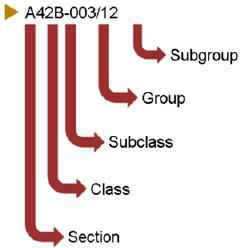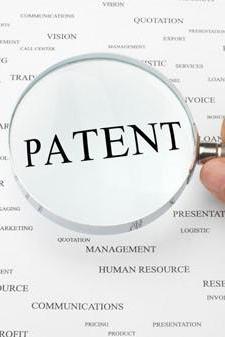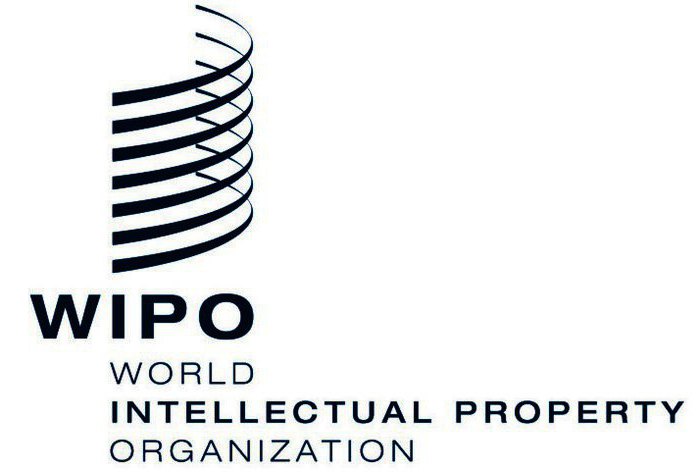International Patent Classification (IPC) is presented in the form of a system for separating groups of permits. It is used by departments and other entities searching for such documents. In accordance with it, copyright certificates, patents for utility models, industrial designs, inventions. Consider the features of the IPC. 
General information
The classification was created in 1971. The basis for its formation was Strasbourg Agreement Concerning the International Patent Classification.
The system is regularly updated by the Committee of Experts. It includes representatives of the countries participating in the Agreement, observers from other organizations. The latter, for example, include the European Patent Organization.
Administrative matters are handled by WIPO (World Intellectual Property Organization).
System specifics
Any patent document of any state party to the Agreement has at least one classification index International Patent Classification indicating the technical field to which a particular invention relates. To more fully inform users about the contents of a document, several indexes can be assigned.
International Patent Classification It covers all areas of knowledge for which objects protection is provided with special documents. 
Structure
There are 5 levels of hierarchy in International Patent Classification:
- Sections.
- Classes.
- Subclasses.
- Groups.
- Subgroups.
Subsequent refinement is carried out by sequential submission of subgroups.
An index and a narrative are provided for each object. The first (excluding sections) includes the index of the previous level and the letter / number added to it. In the narrative, there is a heading and a short list of headings or topics related to the object.
Sections
There are only 8. They are considered the highest level of hierarchy in International Patent Classification. Each section has its own designation - one of the Latin letters from A to N. The following names correspond to them:
- Meeting the vital needs of a person - A.
- Different technological processes, transportation - V.
- Metallurgy, chemistry - C.
- Paper, Textile - D.
- Mining, construction - E.
- Blasting operations, ammunition, weapons, pumps and engines, heating, lighting, engineering - F.
- Physics - G.
- Electricity - N.
Classes
They are present in each section. Classes are considered the second hierarchical level. International Patent Classification.
For each of them a designation is provided, which includes the section index and a two-digit number. The title reflects the content. For example, class A01 - forestry and agriculture, hunting, animal husbandry, fish farming and fishing, animal capture. 
Subclass
Each class can have one or more subclasses. They are the third hierarchical level.
The class index and the capital Latin letter are used for designation. The title of the subclass defines its contents as accurately as possible. For example, A01B is a soil treatment in forestry and agriculture, components, accessories and details of agricultural machines and implements in general.
Groups
They are present in each subclass. Their index includes a subclass designation and two numbers, which are separated by a slash. Groups consist of major groups and subgroups.To denote the former, the index of the subclass is used, to which a 1-, 2- or 3-digit number, a slash, two zeros are appended.
The text of the main group precisely defines the area of technology that is most suitable for the search. For example: hand guns - А01В 1/00.
Subgroups
They are included in the headings related to the main group.
As a designation, we use the index of the subclass with the number of the main group to which this subgroup belongs, followed by the slash and at least 2 digits, except for two zeros. 
The text precisely defines the subject area that is most suitable for performing a search. Dots are placed in front of it (one or more). The degree of subordination is determined from them, that is, they indicate that this subgroup acts as a heading that submits to the superior nearest heading printed with a lesser offset (one point closer to the index). For example:
- A01B 1/02. shovels.
- A01B 1/04 .. with teeth.
History reference
The European classification, based on the Convention drawn up in 1954 and published in 1968, formed the basis of modern classification.
In 1967, negotiations began between the United Intellectual Property Office and the Council of Europe to give the Classification an international status. As a result, the Strasbourg Agreement was signed. So the first edition of the IPC arose. There were 8 sections, 103 classes and 594 subclasses. The eighth edition contained the same number of sections. There are 129 classes, 693 subclasses, 7314 main groups, and 61397 subgroups. 
Reforming the International Classification
Periodically bringing the Classification in line with the latest achievements of science and technology. Until December 31, 2005, 7 editions of the IPC were published. Until that time, a review was carried out approximately every five years. However, the classification was issued on paper. To improve the efficiency of application in the digital environment, a reform was carried out from 1999 to 2005. As a result, on January 1, 2006, the 8th edition of the system came into effect.
The classification was divided into 2 levels: basic and advanced. The first is reviewed every 3 years, the second - continuously. The reform provided the satisfaction of the needs of users of various categories. In addition, changes were introduced regarding the reclassification of patent documents for samples, inventions, as well as utility models, including published applications for their receipt when adjusting the Classification using the advantages of an electronic system. In particular, the use of illustrations, links, etc. is provided.
Since 2010, the revision of the IPC is carried out every year. Accordingly, the new edition of the Classification comes into force on January 1 of the next year.
In the IPC version of 2015, there were 71,738 headings. It took effect in January 2015.